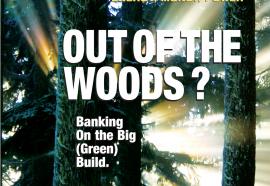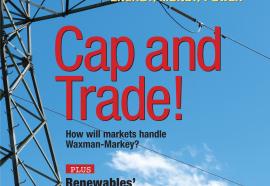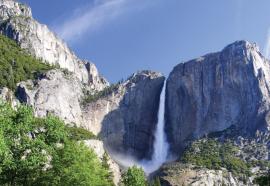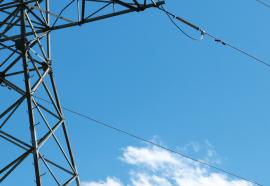Nuclear Standoff
Can climate-policy brinksmanship create a sustainable nuclear industry?
American voters dashed the nuclear industry’s hopes for a renaissance last November—or so it seemed. Recent developments in Washington have rekindled those hopes, but will climate-policy brinksmanship lead to a sustainable future for nuclear power?










